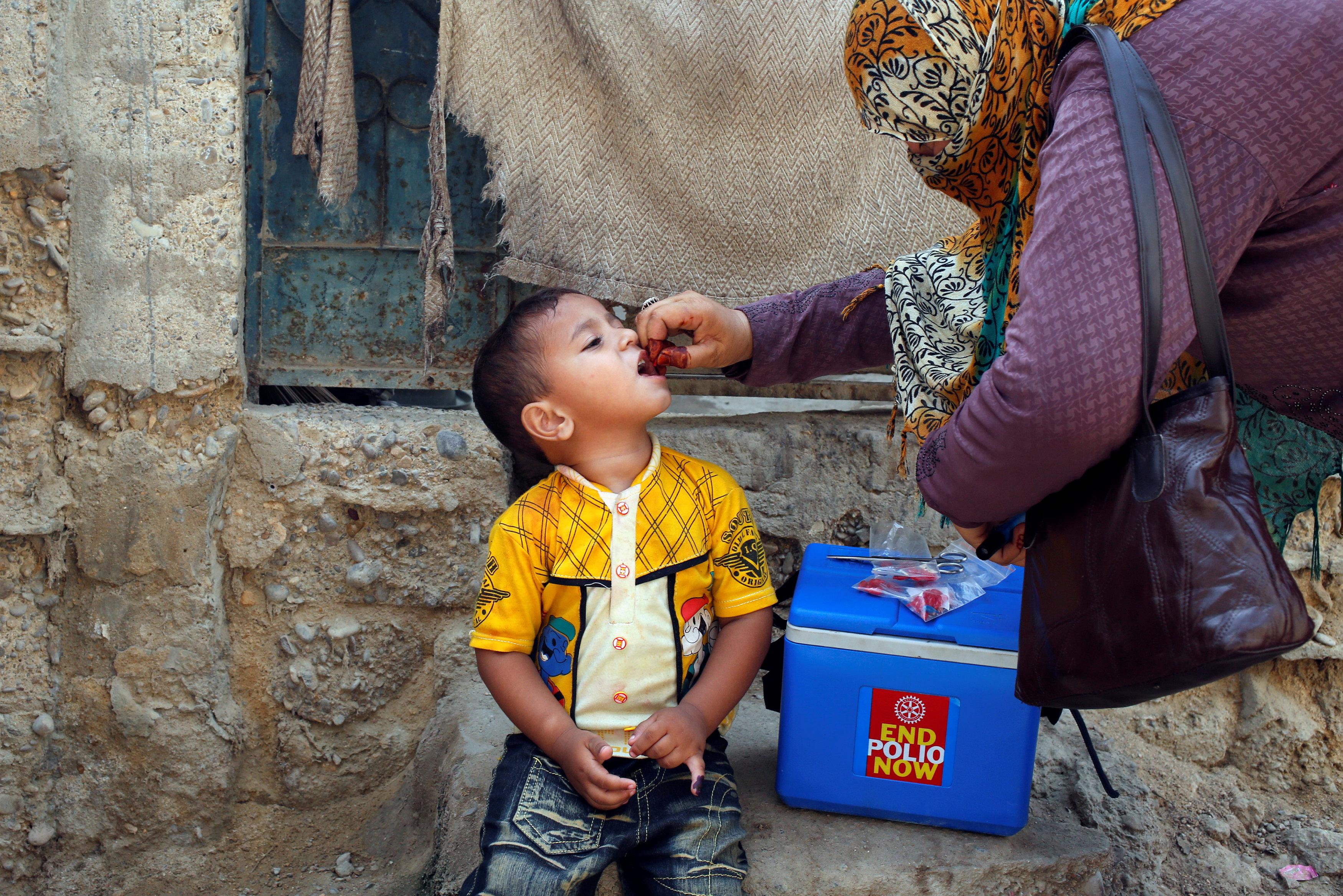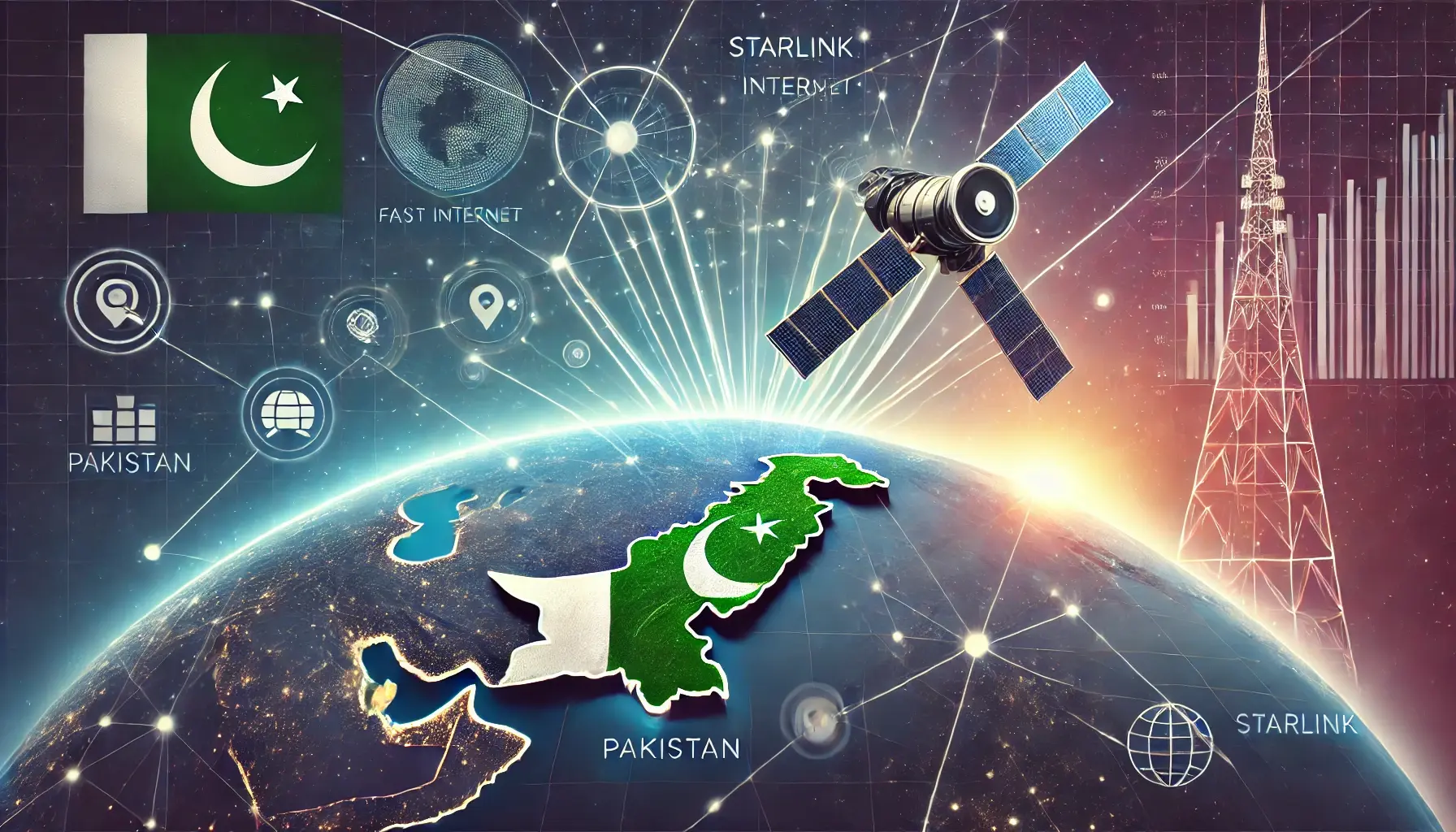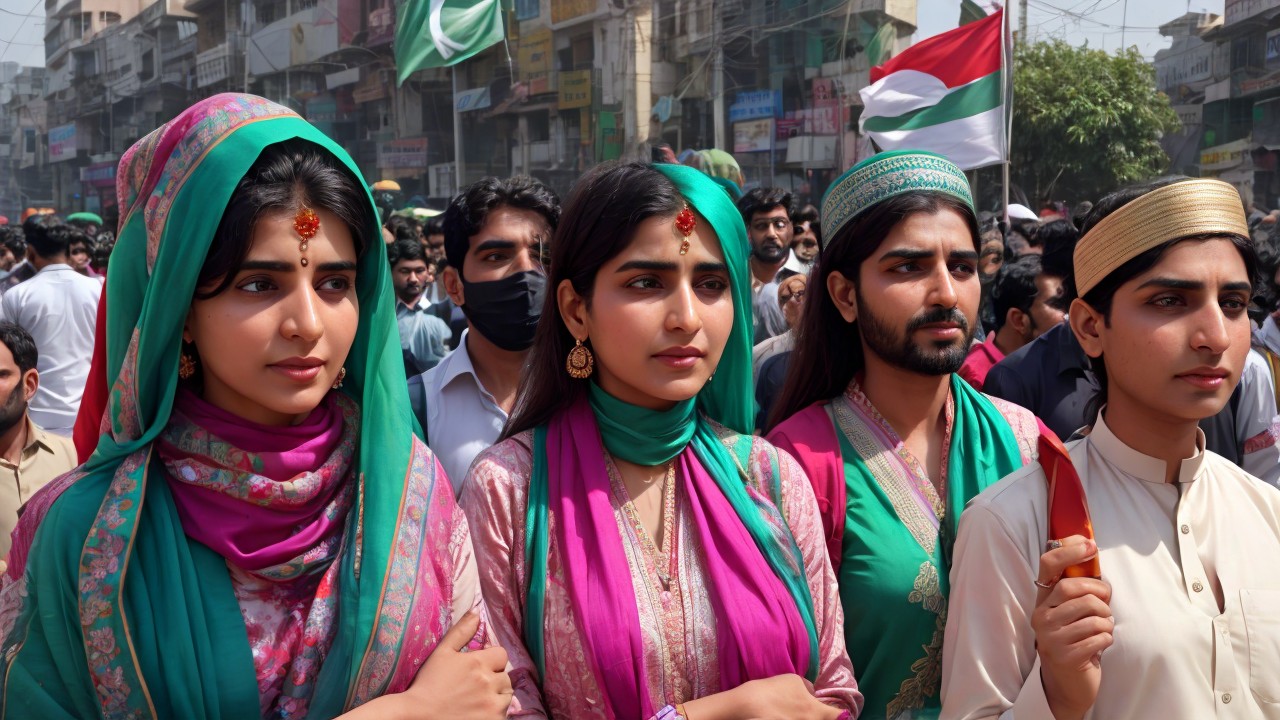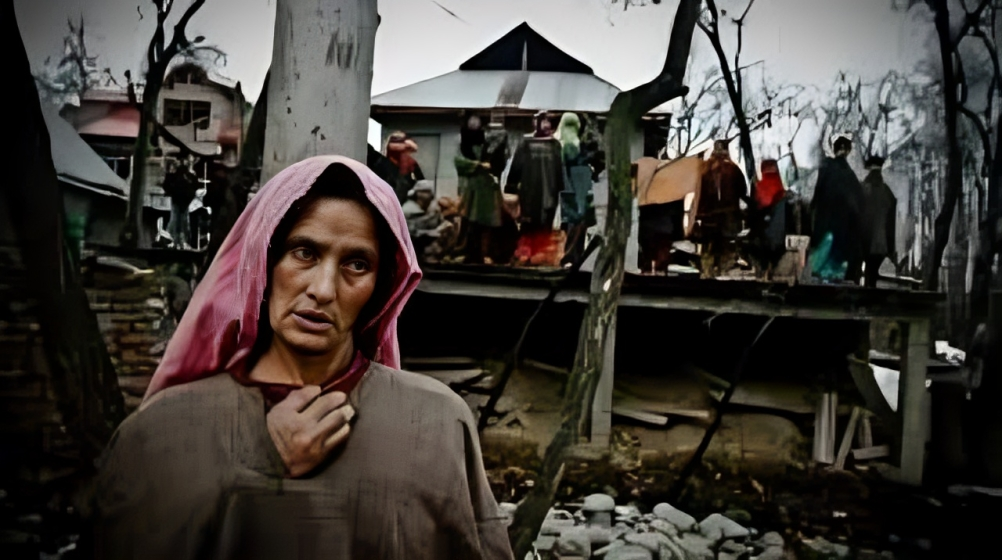Polio is an associated infectious disease caused by the enter virus, an extremely contagious virus that primarily affects young kids. The sickness will cause permanent dysfunction or maybe death in severe cases. Whereas the illness has been eradicated in most components of the planet, polio eradication in Pakistan remains an essential challenge. Pakistan, aboard Afghanistan and Nigeria, is one of the last three countries where infectious disease continues to be endemic. However, with sustained efforts from each national and international body, the Islamic Republic of Pakistan has decided to eradicate this sickness once and for all.
The Importance of Polio Eradication in Pakistan
The polio eradication campaign in Pakistan isn’t solely a health issue; it is an individual’s rights concern. Every year, thousands of kids across the country still be in danger of womb-to-tomb dysfunction because of infectious diseases. Since the origin of the contagious disease destruction in the Islamic Republic of Pakistan program, vital progress has been created. The number of infectious disease cases has shrivelled drastically from over twenty 000 in the early nineties to merely eight cases in 2018. However, this decline continues to be insufficient to eliminate the threat of sickness.
The primary goal of the polio eradication in Pakistan initiative is to immunize each kid below the age of 5, guaranteeing that no kid is left behind. Immunization is the only way to stop the unfolding of the enterovirus. While not destructive, infectious disease will unfold chop-chop and affect countless kids, inflicting long physical disabilities associated with putting a Brobdingnagian burden on the healthcare system.
Challenges in Eradicating Polio in Pakistan
Despite the simple progress created within the fight against infectious disease, the Islamic Republic of Pakistan faces many challenges that make the whole destruction of the sickness troublesome. These challenges have delayed the success of the contagious disease destruction in the Islamic Republic of Pakistan campaign and still threaten the security of many kids.
Geopolitical Instability and Insecurity
Pakistan has long been moon-faced with political instability, notably in its border regions. Armed conflicts, terrorism, and ideology have exhibited vital threats to the security of healthcare staff concerned with vaccination campaigns. In some areas, medical experts have even been killed by extremists. The World Health Organization opposes the vaccination efforts, seeing them as foreign conspiracies.
Polio eradication in Pakistan efforts are notably wedged in areas with weak governance and current conflicts, making it troublesome for medical experts to access and immunize kids in these zones.
Misinformation and Misconceptions regarding the infectious disease vaccinum
One of the critical reasons for the persistence of infectious diseases in the Islamic Republic of Pakistan is the widespread information and misconceptions regarding the vaccinum. Some communities believe that the contagious disease vaccinum is harmful, with false claims that it causes a physiological state or is a component of a Western plot to damage Muslim populations.
These misconceptions have semiconductor diode to a robust resistance against vaccination, particularly in rural areas where access to correct data is restricted. Some folks, driven by these false beliefs, refuse to permit their kids to receive the infectious disease vaccinum, which endangers not solely their kids but the broader population likewise.
Limited Access to Rural and Remote Areas
Many of Pakistan’s most vulnerable kids sleep in rural or remote areas, wherever access to health services is restricted. It’s usually troublesome for vaccination groups to achieve each kid in these areas, mainly mountainous or conflict-prone regions.
The infectious disease destruction in the Islamic Republic of Pakistan campaign should overcome the supply challenges of reaching each kid, even within the most troublesome and inaccessible areas. While not complete coverage, infectious diseases will still unfold.
Population Movements and Cross-Border Challenges
Pakistan shares borders with Afghanistan, which additionally faces vital challenges in infectious disease destruction. Given the frequent population movements between the 2 countries, there’s a risk that infectious diseases are going to be reintroduced into the Islamic Republic of Pakistan from neighbouring countries.
This necessitates coordinated efforts between the 2 nations to confirm that kids travelling across the border are immunized. The infectious disease destruction in {pakistan|Pakistan|Islamic Republic of Islamic Republic of Pakistan|WestPakistan|Asiancountry|Asian nation} program has created strides to combat this by establishing vaccination points at border square measures and alternative transit hubs to confirm that kids moving between Pakistan and Afghanistan are protected.
Measures and techniques for polio eradication in Pakistan
Despite the continuing challenges, the Islamic Republic of Pakistan has enforced a spread of methods and measures to eradicate infectious diseases. The country’s efforts have targeted a comprehensive approach involving vaccination campaigns, community awareness, and increased police work.
Vaccination Campaigns
The core of polio eradication in pakistan is the nationwide vaccination campaigns. These campaigns aim to immunize kids below 5 years old, reaching kids in both urban and rural areas. These door-to-door campaigns are scheduled sporadically to confirm that every kid’s square measure is immunized.
In addition to large-scale national campaigns, smaller targeted campaigns are distributed in insecure areas, specializing in regions where infectious disease cases squarely measure the likelihood to occur. The aim is to produce immunity to kids. The World Health Organization might have been incomprehensible in previous rounds of vaccination.
Public Awareness and Communication
The {polio|poliomyelitis|infantileparalysis|acute anterior infectious diseasemyelitis|infectious disease} destruction in the Islamic Republic of Pakistan campaign has placed robust stress on raising awareness inside communities regarding the security and necessity of the polio vaccinum. This includes utilizing media, community reach, and engagement with non-secular leaders and native influencers.
By addressing misconceptions and providing factual data, the campaign seeks to build trust and encourage wider acceptance of the infectious disease vaccine. To boot, community medical experts are trained to interact with families and make a case for the advantages of vaccination, dispelling myths and responding to issues.
Strengthening police work and observance Systems
An essential aspect of the polio eradication program in Pakistan is closed-circuit television, which tracks each infectious disease case and monitors the virus’s unfolding. This technique permits health authorities to respond quickly to outbreaks and forestall further transmission.
Surveillance is especially necessary in border areas, wherever cross-border movements will introduce new cases. To deal with this, the Islamic Republic of Pakistan has established Permanent Transit Points (PTPs) at key border crossings, wherever kids travelling across the border are often immunized.
Collaboration with International Partners
The polio eradication campaign in Pakistan has been supported by numerous international organizations, including the Planet Health Organization (WHO), UNICEF, and Rotary International. These organizations give funding, technical experience, and supply support to assist the Islamic Republic of Pakistan combat infectious diseases.
Pakistan has additionally worked closely with Afghanistan to coordinate vaccination efforts on their shared border. This cross-border collaboration is crucial in guaranteeing that kids on either side of the border square measure are immunized, preventing the unfolding of infectious diseases between countries.
The Role of Communities in Polio Eradication
Communities play an essential role in infectious disease destruction in the Islamic Republic of Pakistan. The success of vaccination campaigns depends on the cooperation and support of native leaders, families, and people. Community medical experts, or vaccinators, are usually from the area people and play a key role in building trust and guaranteeing kids square measure immunized.
Moreover, participating in non-secular leaders and community influencers is crucial in changing perceptions and overcoming resistance to vaccination. Once revered figures within the community endorse the infectious disease vaccine; their influence will encourage families to immunize their kids and facilitate the dispelling of misconceptions.
Conclusion: Moving Towards a Polio-Free Future
The fight against polio eradication in Pakistan in the Islamic Republic of Pakistan is far from over. However, the contagious disease destruction in the Islamic Republic of Pakistan campaign has created vital strides. Through continuing vaccination campaigns, raised awareness, and cooperative efforts with international partners, the Islamic Republic of Pakistan is nearer to eliminating infectious diseases than ever before. However, the task isn’t simple, and sustained efforts are needed to beat the challenges of information, insecurity, and restricted access to remote areas.
By guaranteeing that each kid in the Islamic Republic of Pakistan receives the infectious disease vaccinum, the country will pave the manner for a polio-free future. It’s crucial that each the govt. And therefore, the public still works to eliminate this exhausting sickness and defend future generations from the devastating effects of infectious disease.
Another Exciting Blog: Cryptocurrency Trading and Digital Wallets Revolution and Consequences in Pakistan














Leave feedback about this